Table of Contents (click to expand)
The night sky is dark because the Universe is expanding. Distant stars and galaxies move further and further away from us. Light might be the fastest thing in the Universe, but its velocity is still finite. Light emanating from stars situated a million light-years away will take a million years to reach us.
Every day, as the Sun rolls to the west, it pulls the blue blanket of silk wrapped around it along with it. As this blanket slides to the west, the east is steadily exposed to the bare darkness of outer space. Space may be dark, but it’s not empty. The night sky is mottled with countless stars, perhaps shining even brighter than our Sun, around whom revolve worlds unexplored.
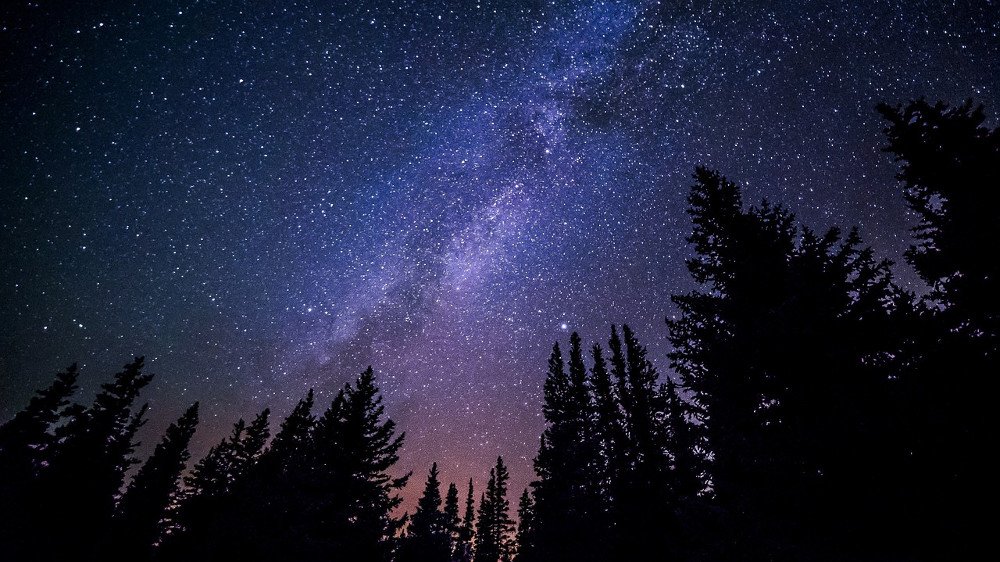
Our galaxy alone houses around 200 billion stars and there are at least 100 billion galaxies in the observable Universe! If the sky is exposed every night to practically an infinite number of stars burning as bright as the Sun, why is the night sky so dark?
The Quest
The problem has bothered us since antiquity and was resolved less than a century ago.
Stephen Hawking reasoned why we make discoveries that make no difference to our daily lives whatsoever, by remarking that “Humanity’s deepest desire for knowledge is justification enough for continuing our quest. And our goal is nothing less than a complete description of the Universe we live in.”
Our “quest” began with Aristotle, who believed that all the stars, including the Sun, the moon and all the planets in our Solar System revolved around the Earth in concentric circles. However, the Greeks observed that many stars appeared to be fixed; they didn’t appear to move, regardless of the direction from which they were viewed. Ptolemy summarized this view in a model where, except for the thick, outer crust of fixed stars, every celestial body revolved around Earth.

However, although the model looked good on paper, it couldn’t reconcile the trajectories of planets it predicted with what was actually observed. The model that could reconcile prediction and observation was Copernicus’ model. He simply suggested that it was Earth and the planets that revolved around the Sun, not the other way around. Copernicus, a priest, to avoid being vilified as a heretic, published his ideas anonymously.
His model was confirmed when Galileo observed a troupe of moons revolving around Jupiter. However, to Kepler’s disappointment (OCD alert), the planets didn’t revolve around the Sun in perfect circles, but rather in slightly elongated circles or ellipses. Furthermore, his dismay worsened when he found that the force of attraction that binds the Sun and the planets isn’t, as he predicted, magnetic.
The force is, as we all now know, gravity. The theory of gravity was first laid down by Newton in his Principia Mathematica, possibly the greatest intellectual achievement in the history of physical sciences. Finally, Copernicus’ model replaced Ptolemy’s model completely, but Newton was still bothered by the inactivity of ‘fixed stars’. If gravity forced massive objects to attract, why weren’t they moving towards each other? In fact, if the stars were finite in number, shouldn’t they fall together at some point?
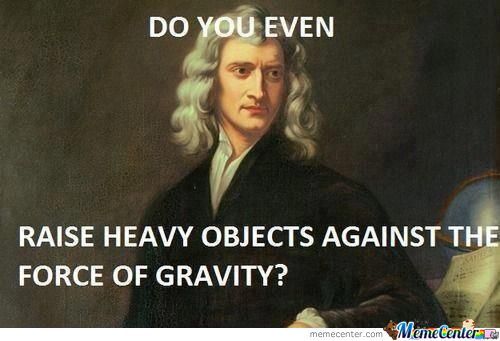
Newton argued that this wouldn’t be the case if there were truly an infinite number of stars distributed uniformly over infinite space. Now, because every star is surrounded by infinite stars, there is no center point to fall into. However, German philosopher Heinrich Olbers objected that if the Universe did consist of infinite stars, then every line-of-sight from the Earth’s surface should end up on the surface of one. This would cause the whole sky, during both night and day, to be as bright as the Sun. Olbers speculated that the matter between us and stars could absorb their light and prevent it from reaching us. However, so much heat and light would heat the intervening matter itself, causing it to turn incandescent. The brightness would rather be compounded. So, why isn’t this the case?
The answer to your and Olber’s question is as obvious as Copernicus’ model.
Also Read: Most Important Astronomical Discoveries To Date
The Expanding Universe
Strangely, every astronomer who lived before the 20th century theorized a new model or modified older models essentially on the basis of a subtle yet tremendously crucial assumption – the Universe is static. Newton himself believed that the Universe had existed forever in an unchanging state; he believed in a static Universe whose inhabitants were just there since the beginning of time.
If there is one scenario where the night sky, exposed to an infinite number of stars, can’t be as bright as the Sun’s surface, it is the one in which the stars hadn’t been shining forever, but rather sprang into existence at some finite time in the past. In this scenario, the night sky is dominantly dark because either the light from newborn stars hasn’t reached us or the intervening matter isn’t sufficiently heated.
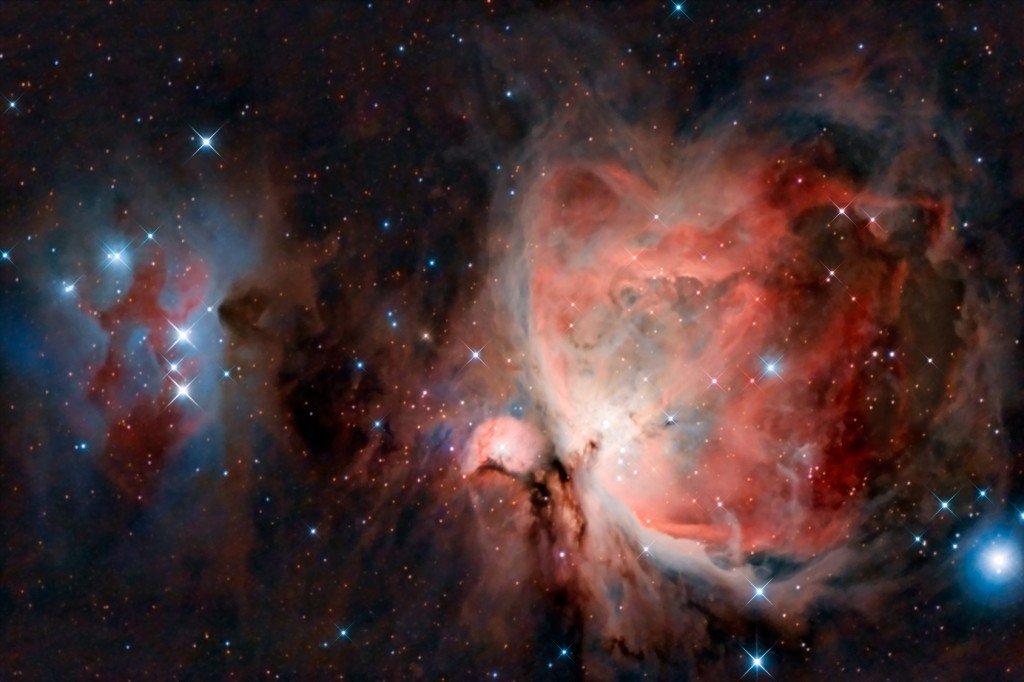
However, springing into existence compels us to ask what events caused this existence? And what events caused the very events that caused the stars to spring into existence? One can trace the ‘what caused’ questions to the very first cause. The Universe, in fact, does have a first cause. It’s called the Big Bang and it occurred some 13.7 billion years ago. Even more astonishing is the fact that, since its birth, the Universe hasn’t stopped growing.
Edwin Hubble, one of the most recognized astronomers in history, learned this in 1929 when he observed that regardless of where you look, distant galaxies are receding away from us at a tremendous velocity. He had made the revolutionary observation that the Universe is expanding! Subsequently, we calculated its age by tracing back the expansion to a single point, the point of infinite density that popped into existence abruptly and expanded into the voluminous Universe we observe today. Stephen Hawking believed this was “probably the most remarkable discovery of modern cosmology.”
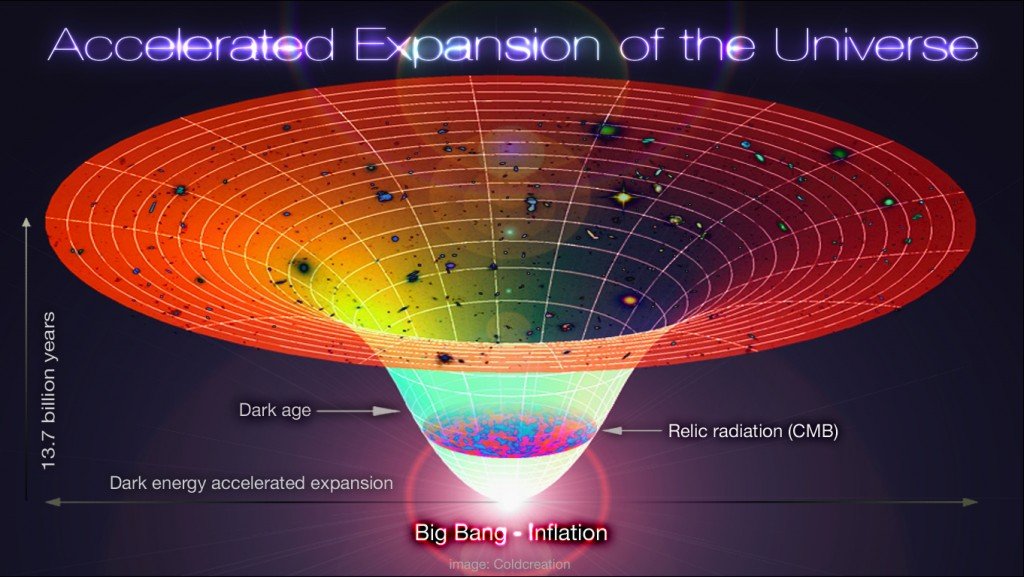
As the Universe continues to expand, distant stars and galaxies move further and further away from us. Light might be the fastest thing in the Universe, but its velocity is still finite. Light emanating from stars situated a million light-years away will take a million years to reach us. What we observe therefore is not the star as it exists now, but how it existed a million years ago. Perhaps it might be dead, but we will only learn that after a million years.
Furthermore, the energy of light dwindles as the stars recede, just how the hoot of a receding train does. The wavelength of light blasted during the Big Bang has gradually stretched from gamma rays to microwaves. This finding led physicists to foster a presentiment that our quest might conclude grimly. The stars we observe are visible because they have neither receded so far as to emit wavelengths that precede the visible range nor do they shine bright enough to emit wavelengths that succeed it.
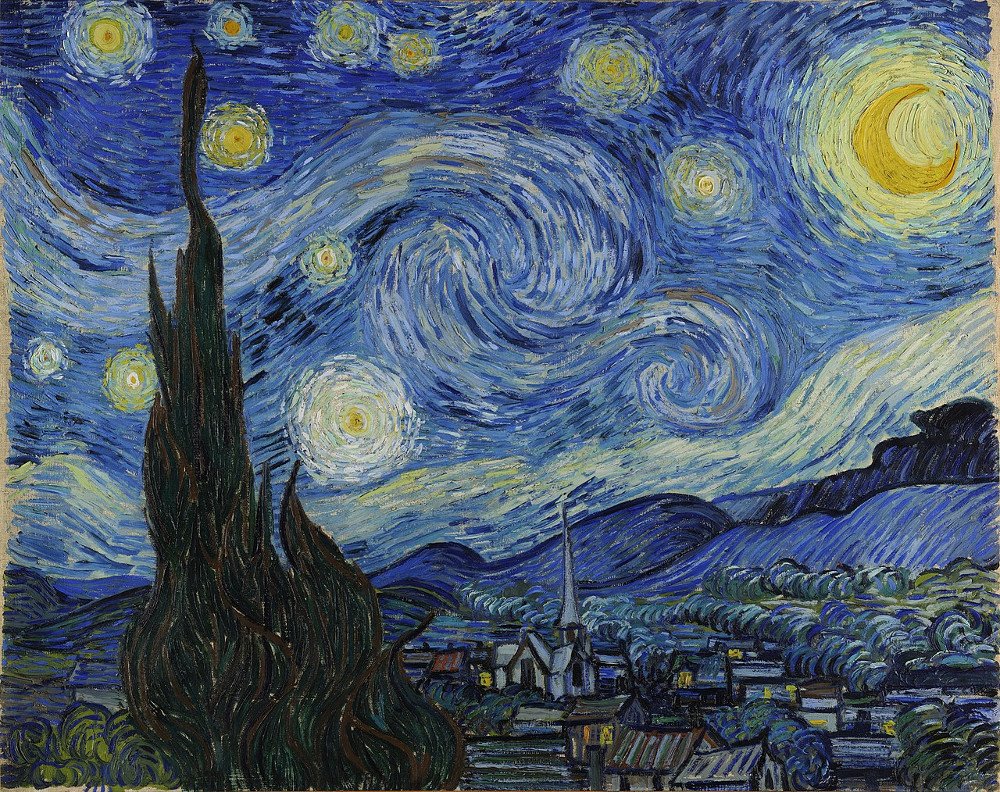
However, as the Universe continues to expand, the stars that this generation has studied will recede so far that the astronomy tools of the coming generations will be as useful as spectacles for the blind. They would exist in perpetual limbo. Currently, we live in the Goldilocks era of astronomy, if we wish to know why we’re here and where we came from, now seems to be the best time.
Also Read: What Existed Before The Big Bang?
How well do you understand the article above!

